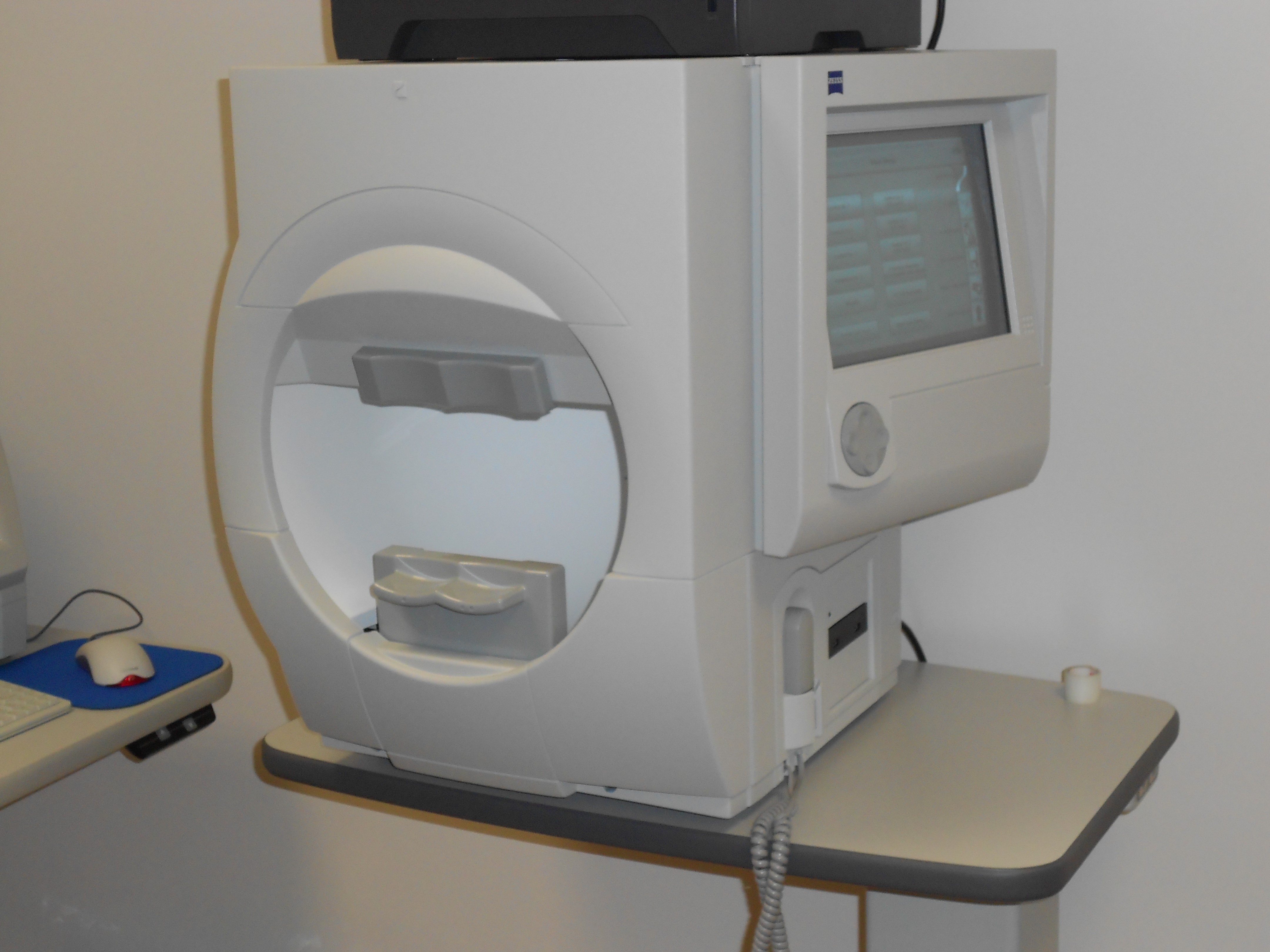Who Could Benefit from SLT?
SLT can be used as a primary therapy instead of drops. Also, it can be used If medications
are not effective, or to reduce the number of drops required to control the intraocular pressure. SLT is one option for lowering
intraocular pressure (IOP) for patients
who have open-angle glaucoma in the
early stages. It can also be used in
combination with drug therapy or as an
alternative therapy when drugs fail.
It is
a flexible treatment option and can be
repeated if necessary, depending on
the individual patient's response.
How it works?
The trabecular meshwork is around the
periphery of the iris and is where fluid
formed in the eye drains out of the eye.
This meshwork is treated directly with
the laser to improve drainage through it.
SLT uses short pulses of relatively low energy light to target only the melanin rich cells in the drainage channel of the
eye. The laser pulses affect only these
melanin containing cells, with the
surrounding structure remaining
unaffected. This gentle laser treatment
induces a response from the body in
which white cells are released to clear
the affected cells and rebuild the
meshwork so that it functions effectively
again, reducing the IOP.
Benefits
SLT
It effectively lowers raised IOP
without the side effects or difficulty of
taking eye drops. The treatment is
particularly suitable for patients who
cannot correctly use or are intolerant to
glaucoma medications, and can also be
used alongside medication to enhance
the overall IOP-lowering effect.
The Treatment Procedure
Treatment takes place in the outpatient
department. Some drops will be instilled in your eye
to prevent the pressure rising and to
make your pupil small. These drops
might cause a temporary headache and
can take up to one hour to work. Once seated in front of the laser
machine, which looks similar to the
microscope you will have
anaesthetic drops put in to numb the
front of your eye. A special lens will
then be placed against the front surface
of your eye. This is not painful, but it
might feel a little strange. During the
laser treatment, you might see some
flashes of light and hear clicking noises.
Most patients tolerate the laser
treatment well, but some might feel
slight discomfort. The procedure takes
between 10 and 15 minutes.
About an half an hour to an hour after your treatment, the
pressure in your eye will be checked.
You will then be given a prescription for
drops to take at home for five days. We
will make an appointment for you to
come back to the clinic, usually 6-8 weeks later.
Potential side effects
Your vision will be blurred for a few
hours following your laser treatment,
but this will settle. The chance of your
vision being permanently affected from
SLT is extremely small. It is possible for the pressure in your
eye to increase immediately after the
treatment and for there to be
inflammation. In order to prevent this,
we prescribe special drops.
Rarely, the pressure in the eye rises to
a very high pressure and does not
come down. If this happens, you might
require surgery to lower the pressure.
However, please be assured that this is
a very unusual occurrence.
Success Rate
Studies show around 80% success rate for
SLT, with some patients responding
well to the treatment, but others not
responding at all. Usually, we cannot
predict how well the laser will work.
This is because your response is
determined by the type of glaucoma
you have and the basic make-up of
your eye.
If you take eye drops, you will usually
need to continue these to lower the
pressure after laser trabeculoplasty. It
will take up to eight weeks after the
laser treatment for the pressure to be
reduced. You might require additional
laser surgery to lower the pressure if it
is not at a sufficiently low level after
your first laser treatment.
The effects of the laser treatment might
wear off in time – about half of all
treatments stop working after five years.
However, the treatment can be
repeated

